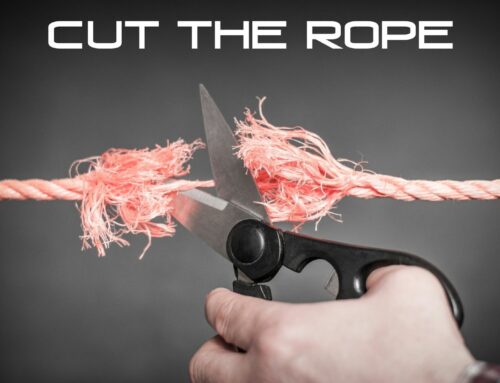The terms flexibility and mobility tend to be tossed around the health and fitness industry quite often and with very little care as to their true meaning and purpose of leading a healthy lifestyle. I’d like to take a minute, just sit right there (yes, I sang the Fresh Prince theme song while typing that) and I’ll offer up some insight about these two words.
Smooth, orchestrated movement requires your joints to have a minimum amount of motion for common functions. These minimums vary for each joint and individual, but we wont get into that right now. What is important to understand is that flexibility as a whole is generally overrated when it comes to performing smooth movements.
We can define flexibility in its simplest terms as the range of motion around a particular joint. Mobility, on the other hand, is the degree of control over the end range of motion. When a joint feels unstable, the overall range of motion will become limited as a means of protecting itself from a vulnerability. This will hinder your “flexibility”. When we feel tightness in our joints and muscles, we immediately start to stretch out the affected areas in an attempt to loosen it up and increase the length of the tightened muscles. As an alternative, when faced with this situation, attempt to increase the stability at the end range of motion throughout that joint. As your body feels more stable, it will freely give you motion to work with, ultimately providing you with more “flexibility” (or just simply improving your mobility).
It is important to note that “great movement is not about how large your range of motion is, it’s what you do with the range you have”. Next time you are in the gym or at home and dealing with a tightness or limited range of motion, think more about creating stability in the range that you currently have rather than trying to push beyond your body’s physical limitations (at that moment in time). If you work on mastering the control through “normal” ranges of motion (please note that normal is different for each person), you’ll soon notice a great improvement in the quality of motion that you can elicit.
Sources: Hargrove, T. R. (2014). A guide to better movement: the science and practice of moving with more skill and less pain. Seattle, WA: Better Movement.



